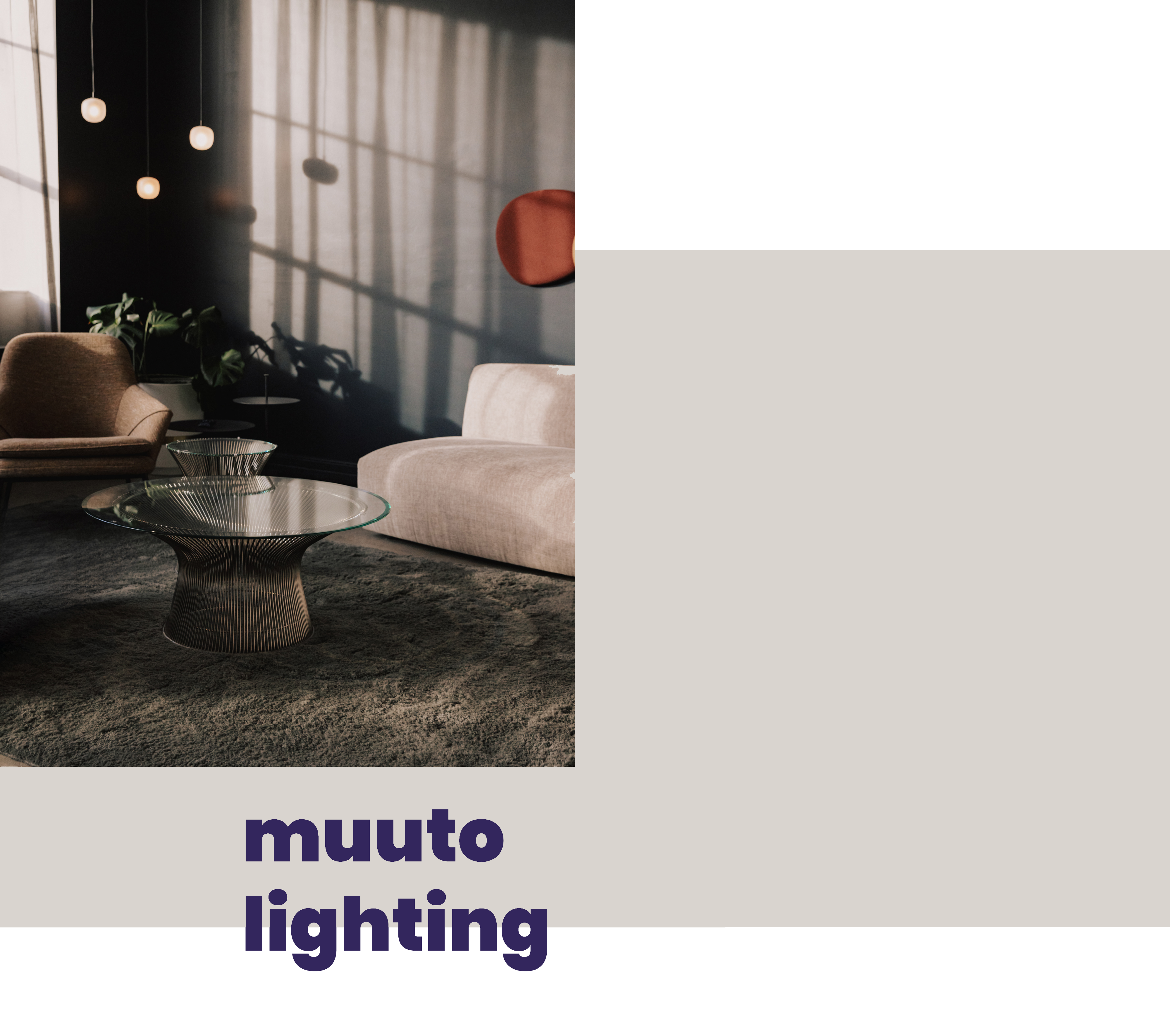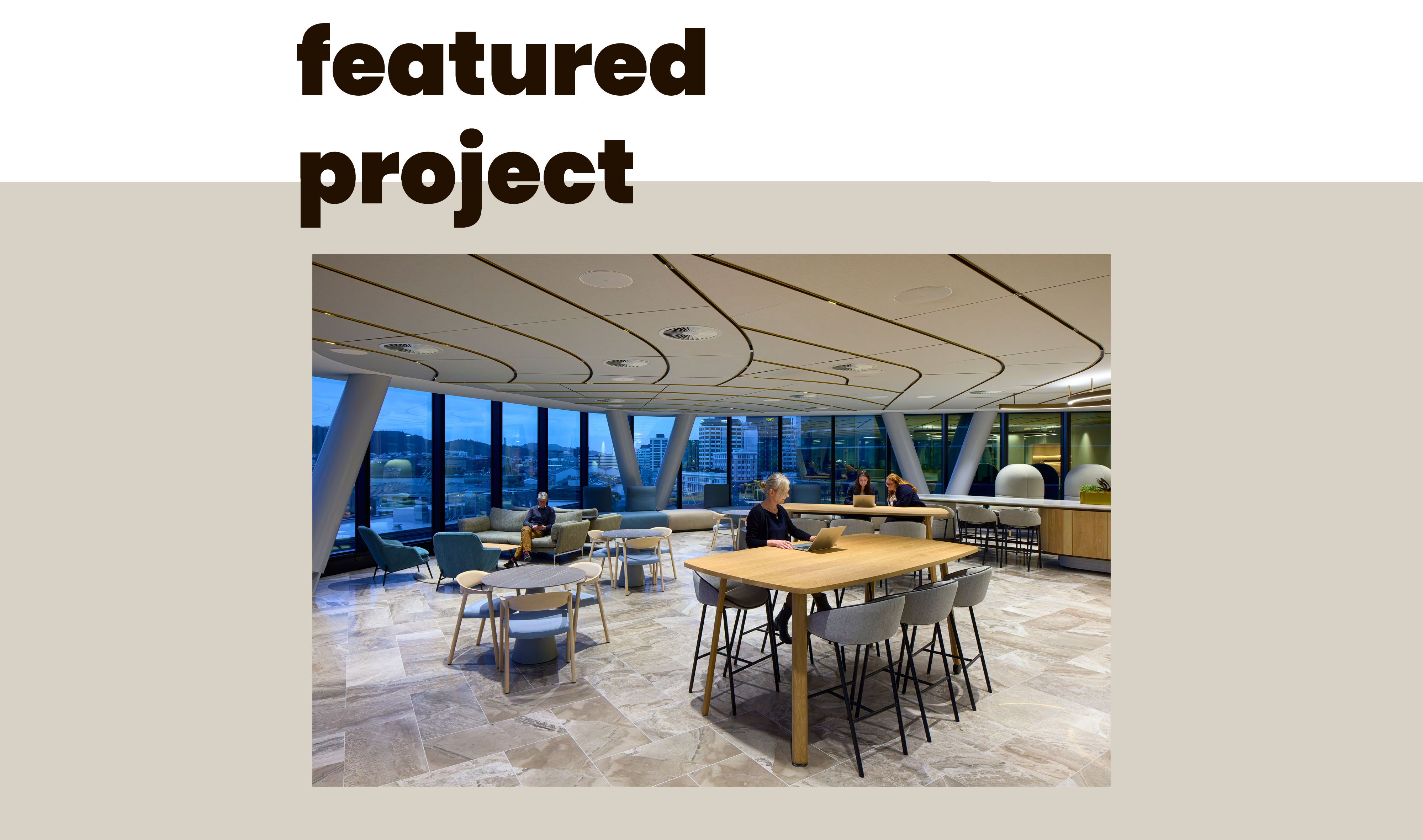FIVE PRINCIPLES THAT MAKE AN IMPACT
The field of neuroaesthetics is about mind-body connection: it gives a deeper understanding of the way art,
design, and architecture activate our senses and stimulate our sense of well-being.
There are many lessons to be learned from neuroaesthetic research and principles when it comes to designing spaces for many. While places
for healthcare, hospitality, education and office each come with a set of practical requirements, it should not all be about functionality
and utility. Creating intentional spaces means fashioning a place where we can feel at ease, energised or an innate sense of belonging.
While there are a myriad of aesthetic impressions that affect how we feel in a room, research has shown that colour, form, light, nature
and tactility are particularly effective - especially when combined throughout a space.
LIGHT AS A TOOL
Our circadian rhythm is greatly impacted by both natural and artificial light.
For example, sunrises and sunsets affect us profoundly, while up-light can make us feel awe. Cooler light makes us more alert, ideal for
work and reading, while warmer light temperatures inspire a sense of calm, helping us wind down and relax.
“The amount of light, the light temperature, and when we are exposed to light, are all among aspects of light
that play into how we experience a space and how it makes us feel. It can enable us to enhance performance in offices as well as
schools, or induce a sense of serenity at our favourite hotel or café. “
Bringing our natural landscapes inside helps us stay on a circadian rhythm, to
follow our physiological day and ultimately, stay in sync. For instance, if you want to promote a stimulating learning environment, you
might consider ways to introduce more exposure to daylight, as it improves focus.
Continue
reading >







.jpg)






.svg)
